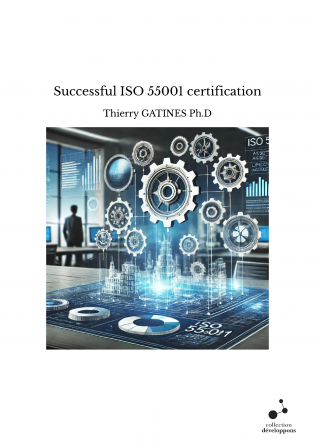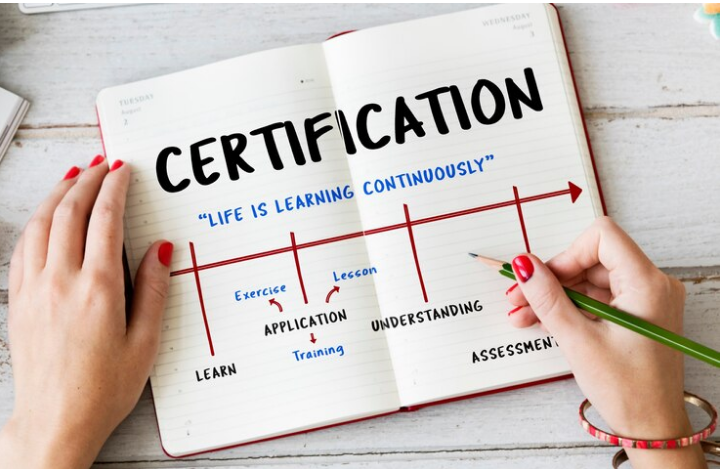ISO 55001 Successful certification: a practical guide to asset management
Introduction
Achieving an ISO 55001 Successful certification is a strategic step for organisations seeking to optimise asset performance and sustainability. This book provides comprehensive guidance for implementing ISO 55001, the international standard for asset management. It explains the principles, requirements, and benefits of the standard, while detailing gap analysis, role definition, strategy development, and asset life cycle management. With insights on certification, auditing, and continuous improvement, it equips organisations for long-term value creation.
Why ISO 55001 certification matters
Assets are at the core of organisational performance, and their management directly impacts efficiency and profitability. ISO 55001 helps organisations to:
-
Establish a structured framework for asset governance.
-
Align asset management with business objectives and risk strategies.
-
Optimise costs, performance, and asset longevity.
-
Demonstrate compliance and build trust with stakeholders.
Obtaining an ISO 55001 Successful certification proves an organisation’s ability to manage assets effectively, ensuring resilience and sustainable growth.
Key content of the book
The guide offers a structured and practical approach to ISO 55001 implementation. Readers will discover:
-
A clear overview of the standard’s principles and requirements.
-
A methodology for gap analysis and role definition.
-
Guidance on building an asset management strategy.
-
Tools for managing the asset life cycle from acquisition to disposal.
-
Practical advice for certification, auditing, and continuous improvement.
By combining theory, tools, and examples, the book makes ISO 55001 implementation accessible and actionable.
Benefits for organisations
Using this guide to prepare for an ISO 55001 Successful certification provides multiple advantages:
-
A systematic framework for optimising asset performance.
-
Reduced risks and costs through better asset governance.
-
Stronger alignment between asset management and organisational strategy.
-
International recognition of competence and compliance in asset management.
It is a valuable resource for asset managers, auditors, consultants, and executives.
Conclusion
In conclusion, the guide ISO 55001 Successful certification is more than a reference manual. It is a practical roadmap for establishing a robust asset management system, preparing for certification, and driving continuous improvement. With its structured methodology and focus on life cycle optimisation, it empowers organisations to unlock long-term value and achieve sustainable success.




